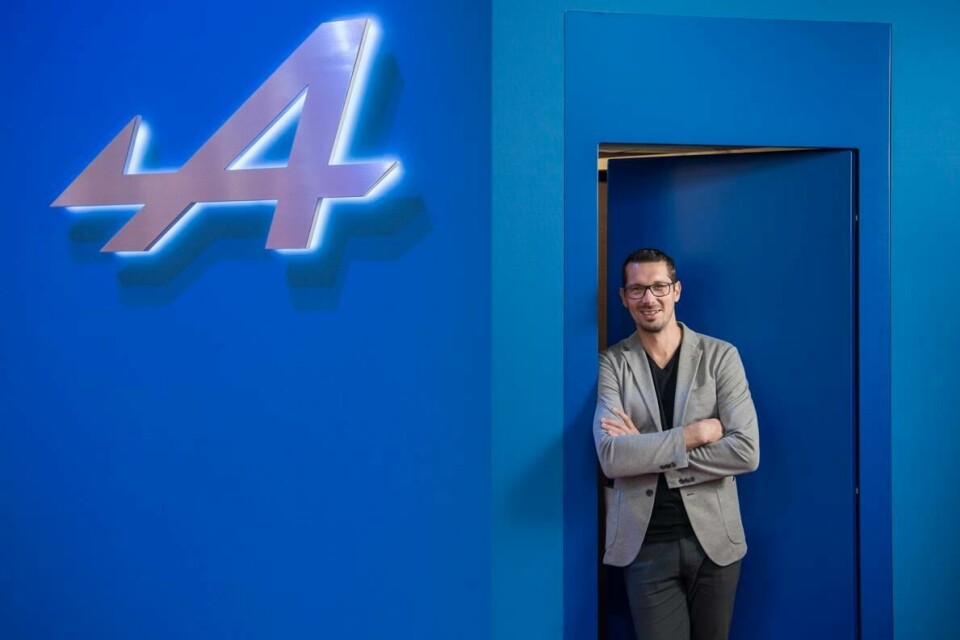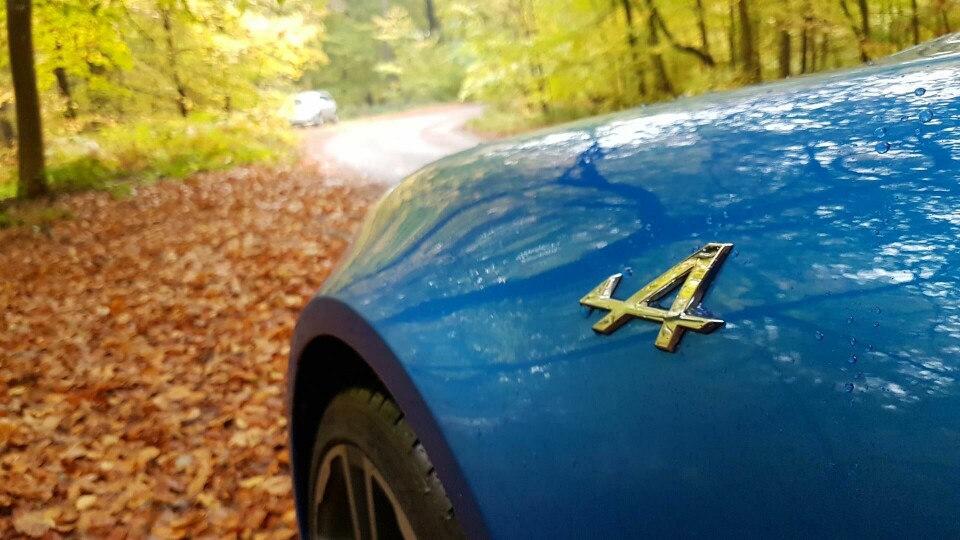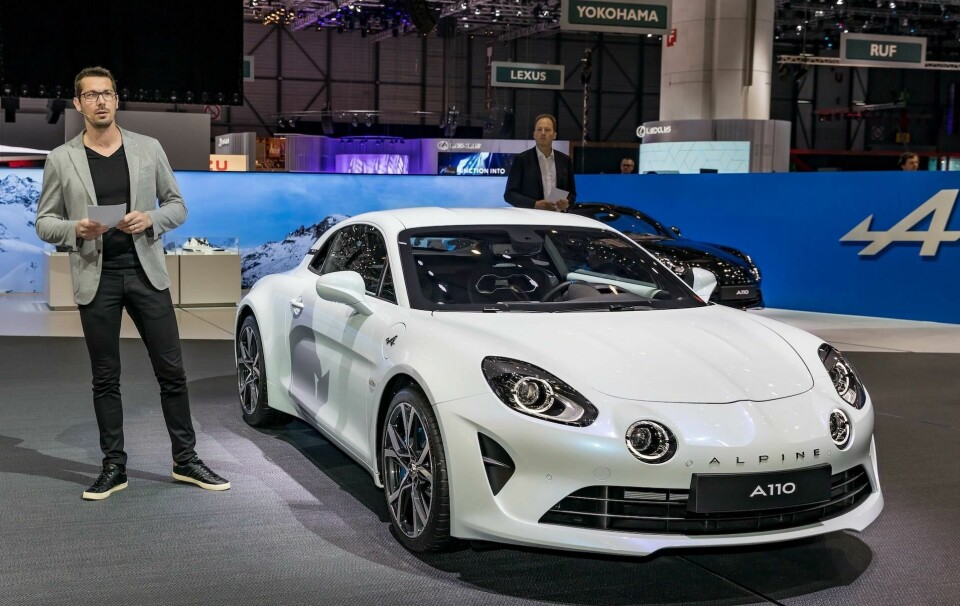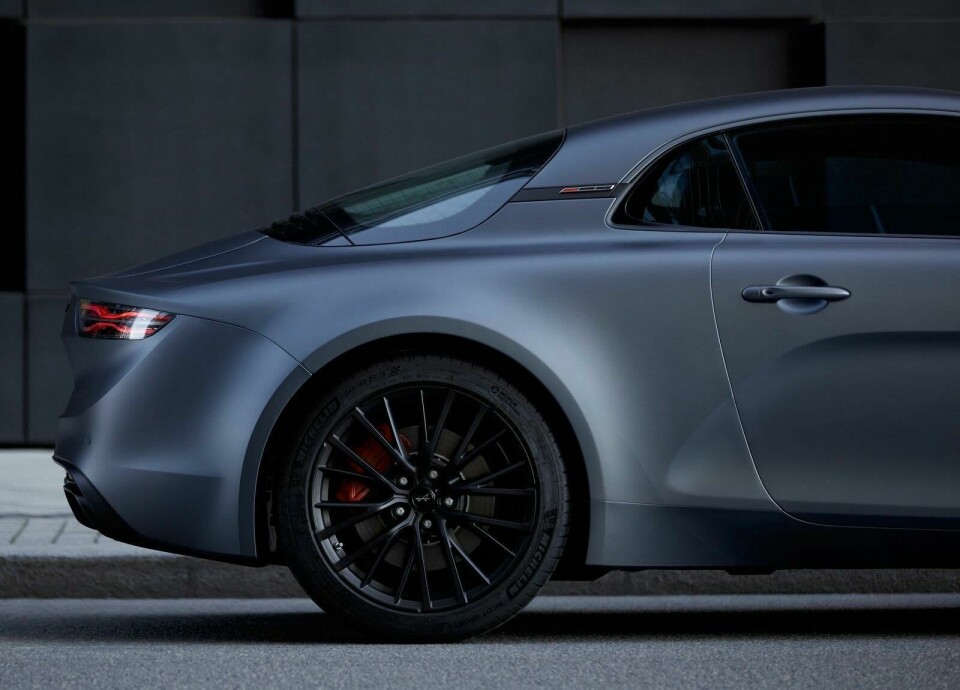
Designer Interview: Antony Villain, Alpine
“When we started the A110 project, we were, of course, aware of Alpine as car enthusiasts, but fortunately we were too young to indulge in nostalgia.”
In terms of design, do we stick to our heritage or do we test some new things? I think the exercise of the A110 was key to finding the right treatment between heritage and modernity; it was especially important as the Alpine brand disappeared 20 years ago, and this car had to make the missing link between past and future, imagining a natural descendance from the berlinette of the ’60s to today. I think we found a good balance and we can now build up our design for the next phase; we will be able to give ourselves more flexibility and freedom. The Vision Gran Turismo concept (2015) was fun, and a good exploration of this potential. We are projecting our values into the future and playing wisely with them.
When we started the A110 project, we were, of course, aware of Alpine as car enthusiasts, but fortunately we were too young to indulge in nostalgia. To understand the mindset, we organised a workshop; the son of Jean Rédélé, creator of the brand, has a really nice collection of almost all the models, and we went there to sketch – very quickly to catch the essence of each car, small-size on A4 paper and full-scale painting. We took pictures, got into cars to touch the materials, to smell, to start the engines; and had the chance to drive some of the cars, and discuss with drivers and engineers from the Alpine team in the ’60s and ’70s their motivation, their way to work, and so on. We had all this in hand to restart, reboot the story.
For Alpine, proportions are our key signature, and our DNA is agility, so the A110 had to be compact – especially compared with today’s sports cars – and lightweight with a good stance. There is not a lot of technology, no heavy electronics, it’s pure old-school pleasure. In terms of personality, the ’60s berlinette was elegant, with a lot of character. New sports cars and hypercars are so aggressive and arrogant and complex: we wanted to avoid this trend, and I think this is in line with French design philosophy in general. The sports car market is turning into more power, more weight, more technology, more arrogance, more money, and we are going the opposite way! But I am sure competitors won’t let us play alone in this area, they will move in our direction getting smaller, lighter cars, so that will soon be one of the challenges.
During development, collaboration with engineering was important: we worked together for aerodynamics, to keep the top of the car very pure, do all the work underneath because there is no spoiler – we worked a lot in the wind tunnel. Of course, the philosophy for the interior was to be lightweight too: the centre console and seats with visible structure came by brainstorming and directly working with engineering and suppliers, and likewise details like the forged wheels, where we worked with Otto Fuchs to save weight. The ‘form through function’ mindset is consistent in my team, that’s why we look at aircraft, motorcycles, bicycles, race cars and racing boats, as well as new technologies like 3D printing, laser-cutting and lightweight materials.
It is a fantastic period for designers as these new technologies are opening a new era. On one side, thinking about cars you won’t drive, it will move closer to product and interior design, and include a strong user experience layer. On the opposite side, sports and luxury car markets are expanding strongly for pure car design and styling, and the new tools and technologies are stretching the possibilities. Regarding skills, designers now have to think about the process and the experience: it is an exciting wider scope and they will have to use various tools from pencil to 3D modelling, including parametric design, virtual reality and augmented reality.

Alpine is also used within Renault for testing new processes and new tools: this is part of our mission. Our process is digitally driven: we can use polygonal tools for quick research, Alias for the core digital work, but we use the best tools for each phase and we jump from one to another all the time, from digital to physical. We use clay for quick ¼ scale research and 1/1 models for sculpture and volume refinement, but we also use virtual reality goggles more and more, big screens for 1:1 visualisation, and 3D cave reviews. The Vision Gran Turismo was fully developed in digital, no milling at all, no physical mock-up: we built the concept car directly from data.

My core team is about six people dedicated to Alpine, mainly project leaders and designers; we can expand the team from Renault design when we need to, with additional designers, modellers, Class A surfacers, and grow up to 20 people during peak activities – when developing a project, we get key people 100% on Alpine. There were so few of us to do the A110 models, the advanced design, wheels and everything, but the team were so passionate, with a lot of energy – it was cool in terms of management to really stretch their potential, it was a once in a lifetime adventure.
We are implanted within Renault design with a dedicated studio and workshop; this allows us to focus on our brand, but we can use Groupe Renault people, facilities, back office, logistics and network. I have no problem finding people to work on Alpine, everybody is knocking on the door! Our process is not very different to mainstream Renault projects – we just try to be more agile and efficient because the team is smaller. The big change is to switch from a high-volume, cost-oriented, high-investment mass market product to a niche: you are working more on the value and on the brand, you have to go deep into these aspects.

We started as a joint venture outside the big Renault house [with Caterham], and the mindset is still the same – finding new suppliers, new ideas; this is a quest of excellence, and very rewarding. We have been doing work for the racing team, from covering race cars to designing merchandise, clothes and gear for fans, as well as working on the artistic direction for the Alpine brand: showrooms, digital, photography…
We’re not only designing the cars, we’re creating the overall experience: that’s why I asked people to be really open-minded in my team. We go to shows and speak to customers, we are training people in the network, we are going out and explaining our story. We are experimenting and pushing our ideas as far as possible, and I think the team appreciates that very much.


























